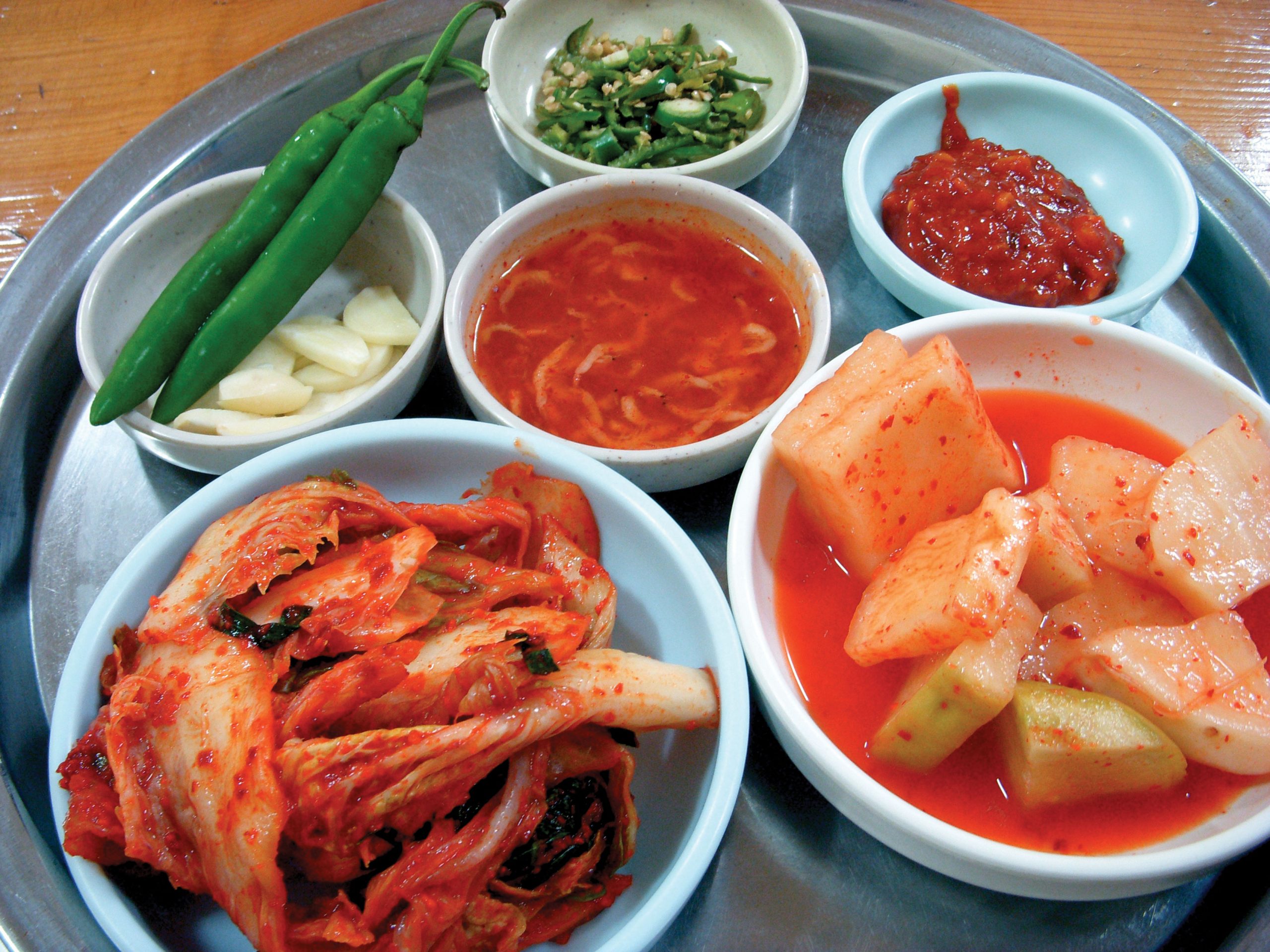We’ve all had that experience: you open your mouth, take a bite, and then wish you hadn’t. Everyone has those certain foods they just can’t stand and wish they never have to face again.
Unfortunately, especially when you’re traveling, it’s likely that strange new foods will make their way to your plate. However, you can be prepared for the next time this happens and even grow to love those foods you once disliked.
Spiciness
While some people grow up loving spicy foods, many people can’t stand even the mildest of salsas. But with some time and effort, anyone can increase their tolerance of spiciness.
Start off small. Add a little bit of spice to your meals, such as crushed red pepper flakes or additional black pepper. Once you get used to a bit of heat, gradually increase the spiciness of your foods. Add some mild chilies, such as poblanos or cubanelles. Once you’ve mastered these flavors, step it up to some of the spicier chilies, like jalapeños.
One of the hardest parts of increasing your heat tolerance is that you need to make yourself uncomfortable. Stretch yourself to new limits. If you have trouble with doing that, keep some milk or sour cream on hand. Dairy products are natural coolants and can help you handle the heat.
There are so many delicious spicy foods out there to be experienced. If you follow these steps, you’ll be amazed what new foods you can try and enjoy without having to worry about that dreaded burning sensation.
If you continually experience severe stomach pains when eating spicy foods, then stop. Spicy food is not for everyone, so make your health the first priority.
Acquired Tastes
People grow up liking certain foods because of their culture and the way they were raised. As a result, the first time they try foods from a different culture they often wonder how anyone enjoys the foods. For example, kimchi is a staple food in Korea and is eaten with almost every meal. But for people who grew up outside of Korea, kimchi is usually a taste that must be acquired.
Fortunately, you can grow to like almost any food. The key is to just keep eating it. Just as with spicy foods, you will need to make yourself uncomfortable. The first few times may be unpleasant, but slowly you will start to enjoy foreign foods.
If you are having trouble at first, alternate between food you don’t like and food you really enjoy. Or, try eating the unpleasant food in a different form. For example, insects such as termites, caterpillars, and locusts are consumed in many parts of the world. While eating one of these insects alone may seem disgusting, combining it with something better tasting, such as chocolate, can help you adjust to this foreign food. Make small steps until you can eat the food in every form imaginable. Eating on an empty stomach, having someone present to encourage you, and altering the food to look more appealing can also make it easier to swallow unappealing foods.
Bitterness
Bitter foods are naturally unappealing to most people. You are likely to come across some sort of bitter food if you are traveling in a foreign country. For example, Indian bitter melons are commonly used in Indian cuisine. Until you can get accustomed to the strong flavor of this melon, you can mask the bitterness by adding salt and spices.
You can also decrease the bitterness of foods by adding sugar. Or, you can add butter or some kind of sauce or dressing. Wherever you’re traveling, you’ll likely be able to add one of these items, which will help you make it all the way through your dish.
Texture
Texture may be one of the most difficult food characteristics to grow accustomed to. While many people can endure a spicy dish, most people find it hard to keep down food with strange textures. If you plan on traveling, you need to find a way to not only keep the food down but also learn to enjoy it.
Texture issues often come from mental associations. For example, you might find sushi to be slimy, a characteristic you may associate with something inedible. But once you change your mind-set and associate the unappealing texture with something both edible and delicious, you’ll be able to push through until the texture feels normal. As another example, instead of associating escargot with mucus, try comparing it to fruit snacks.
To master different flavors and textures, get into the habit of trying new foods regularly. Not only will you eliminate a long-standing dislike for certain foods but you will grow to appreciate and enjoy foods from around the world—foods you otherwise would have missed out on.
—Hayley Bird




